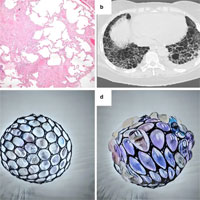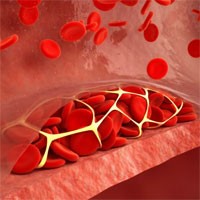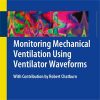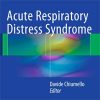Ventilatory Support and Mechanical Properties of the Fibrotic Lung Acting as a “Squishy Ball”
annalsofintensivecare.springeropen.com
The management of the patient with lung fibrosis in the ICU is a challenge for the intensivist.
The lack of studies defining the mechanical ventilation strategy, and the different underlying etiologies, make it difficult to decide which patient can benefit from ICU admission and mechanical ventilation (MV).
The few data that are available show that the prognosis of patients with non-idiopathic pulmonary fibrosis (IPF) pulmonary fibrosis subjected to MV is dependent on the degree of extensive fibrosis present on CT scan, rather than the underlying etiology.
The architecture of the fibrotic lung makes it particularly fragile when subjected to high PEEP.
The presence of conserved lung areas, next to areas of dense anelastic fibrosis, does not prevent the phenomenon of alveolar recruitment–derecruitment during tidal volume.
The use of high PEEP to keep alveolar units opened during expiration exposes the lung at risk of injury by forming “squishy ball” lung areas that aggravate the end-inspiratory transpulmonary pressure effects.
Pending further studies to define the optimal strategy to ventilate these lungs, we herein suggest using a “lung resting strategy”, as opposed to “open lung approach” in patients affected by pulmonary fibrosis and UIP pattern under MV, regardless of the underlying etiology.















